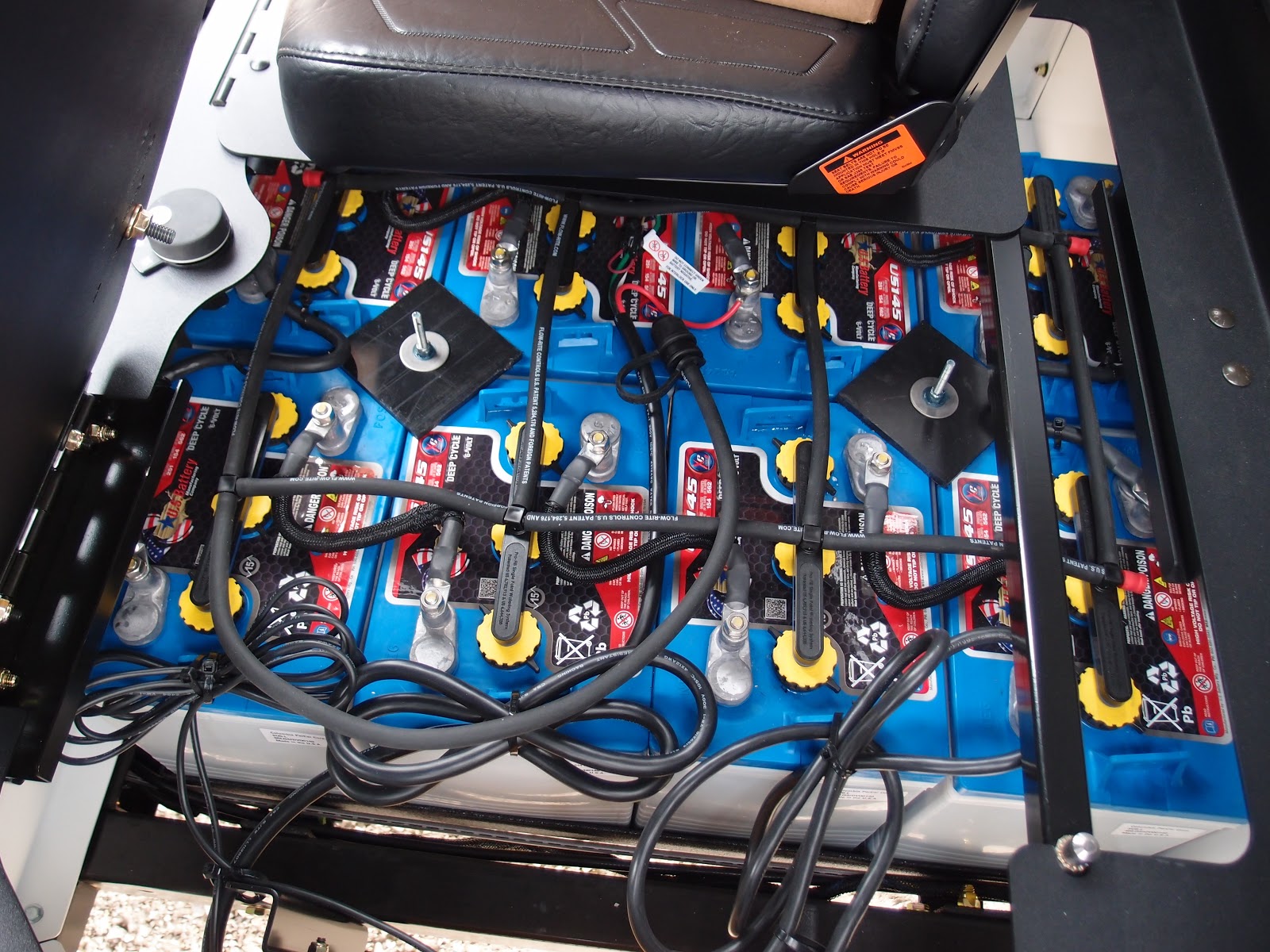The solid state technology allowed Columbia to vastly increase the reliability of the speed control, as well as offer a whole new set of options to the customer that were not available in the past. Now each unit could be set up based on the customer's specific needs. The service time on vehicles was also expedited by the ability to capture diagnostic data, and the vehicle's performance could be maximized based upon its individual usage.
Columbia was also the first manufacturer to modify the 48-volt battery system. At this time the industry standard for providing power was 6 eight-volt batteries. Columbia recognized that by making the switch from 6 eight-volt batteries to 8 eight-volt batteries the operator would have an increase of 30% to their load capacity, increased speed and range, and the ability to carry heavier loads on a single charge. For most applications, this switch allowed for reliable all day operation, increased productivity, and lower operation costs.
The 1990's was a decade of performance innovations for Columbia. Each innovation introduced during this time led the way for lower operation costs, increased productivity for the end user, and increased reliability of the vehicles. Vehicles now had an increased load capacity, quicker repair diagnostics and increased speed. With vehicles becoming more efficient in operating costs, Columbia wanted to continue to focus on efficiency for the end user of its vehicles.
Keep your eyes peeled for the next installment of our Columbia innovation series. Part three will feature the battery and structural innovations that were developed in the 2000's. These innovations made safety and operation of the vehicle easier and more efficient.



